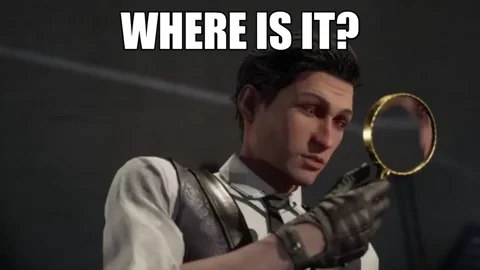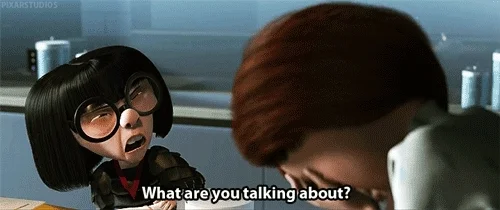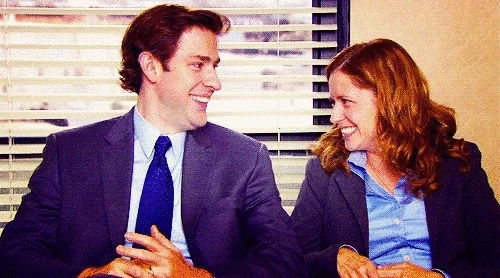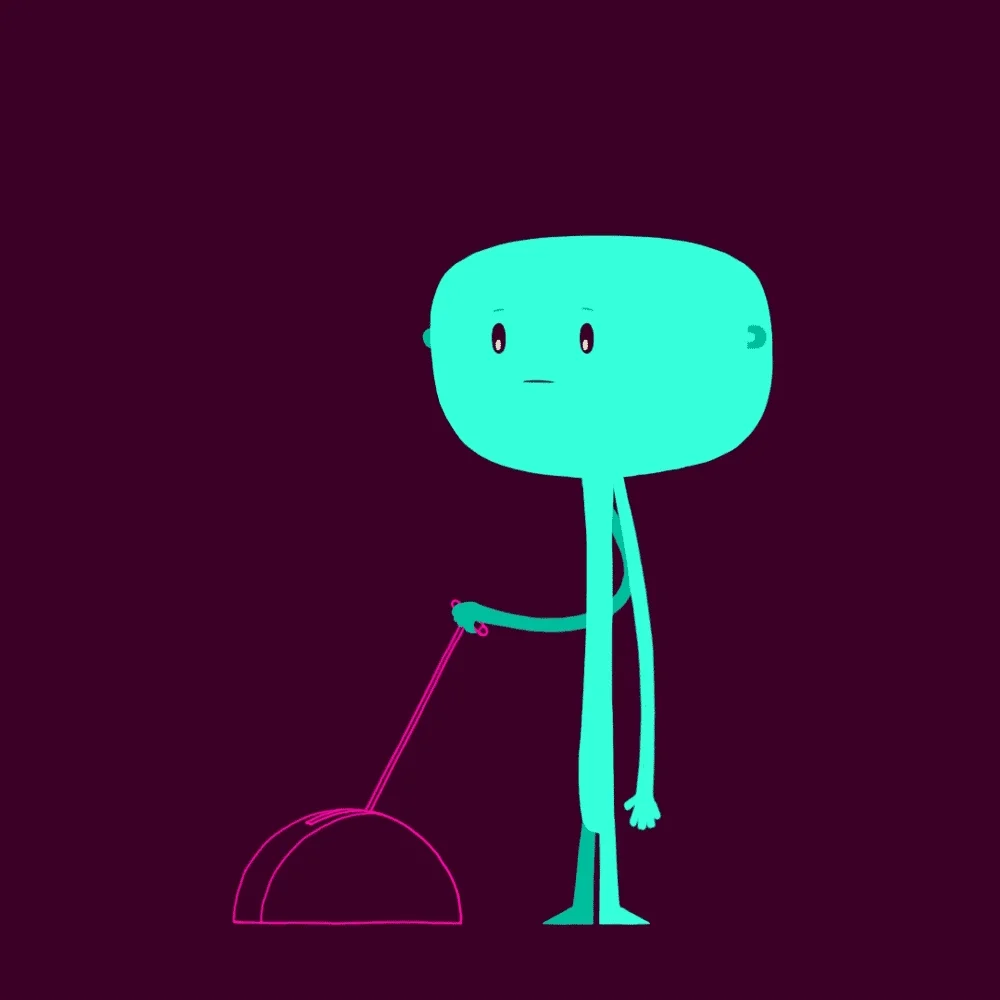Do you find yourself lost in the words of your assignments, struggling to make sense of what you read?

Here's the good news: you can make inferences to interpret the author's words. These reading strategies can help you gain the skills to overcome this challenge.
What Are Inferences?
Making inferences means using information you already know to make a guess about what the author doesn't tell you in the text.

As a reader, it's your job to make these inferences by connecting the hints in the text with things you've experienced in your own life. This way, the text becomes more personal and sticks in your memory.
Pay Attention to Descriptive Language
Authors often use vivid descriptions to show emotions, actions, or settings indirectly. The author may tell you one thing, but the actions and description may tell you another. Look for adjectives, adverbs, and figurative language like similes and metaphors.
 Photo by Sydney Sims on Unsplash
Photo by Sydney Sims on UnsplashTip: Think about the emotions or images that the descriptive language evokes. What do these descriptions make you feel or imagine?
Quiz
You're reading a story, and the author describes the main character's trembling hands and furrowed brow. What can you infer from this description?
Look for Character Dialogue and Actions
Characters' words and actions can reveal their thoughts, feelings, and motivations. Sometimes, they say one thing but mean another.

Tip: Observe their actions. Characters might say one thing but act in a way that contradicts their words. This incongruity often hints at hidden motivations.
Look at the following example:
In a dialogue, a character says, "I'm fine," but they avoid making eye contact and fidget with their hands. What can you infer about the character's feelings?
A) The character is excited.
B) The character is not fine and may be hiding something.
C) The character is telling the truth.
Quiz
In the question above, what can you infer?
Analyze Character Relationships
Examine how characters interact with each other. Their relationships can provide information about their motivations and intentions.

Tip: Look for changes in character relationships as the story progresses. How do these changes reflect the characters' growth or the evolving plot?
Look at the following example:
In a novel, two characters are constantly arguing and avoiding each other. What can you infer about their relationship?
A) They're best friends.
B) They have a loving and supportive relationship.
C) They have a strained or problematic relationship.
Quiz
In the question above, what can you infer about their relationship?
Consider Cause-and-Effect
Think about how events in the text are related. What happened before, during, or after a particular event, and what might the consequence be?

Tip: Examine the sequence of events. Are there events that are interlinked, where one event directly leads to another?
Quiz
In a story, a character missed their bus, so they arrived late for an important meeting. What can you infer about the character's day?
Take Action

Follow these reading strategies to sharpen your inference-making skills:
Your feedback matters to us.
This Byte helped me better understand the topic.
